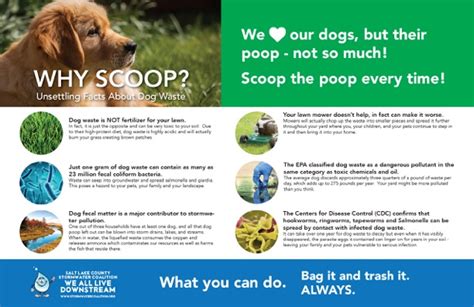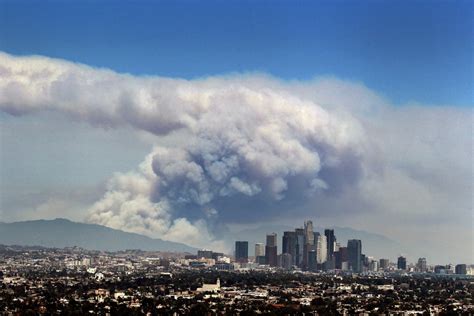—
Unwelcome Fertiliser
Imagine taking a leisurely stroll through your neighborhood, only to find yourself playing hopscotch with dog poop scattered along the path like landmines. An unfortunate reality for many, the sight and stench of pet waste have become all too common in our urban landscapes. But beyond being a mere nuisance, this unsightly mess poses a significant threat to our delicate ecosystem.
You see, when we allow our furry friends to leave their droppings unattended, we inadvertently introduce a surplus of nutrients into the environment. While it may sound beneficial at first glance—after all, who wouldn’t want a free fertilizer for their garden?—the truth is that not all plants thrive on such abundance.
Native flora and fauna in places like Australia have evolved to thrive in low-nutrient soils. They’ve developed intricate relationships within their ecosystems where everything is in perfect balance. However, when pets deposit their nutrient-rich excrements outdoors, it disrupts this delicate harmony. The excess nitrogen and phosphorus from pet waste can seep into water bodies, triggering harmful algal blooms that wreak havoc on aquatic life.
In fact, experts warn that if dog owners collectively turned a blind eye to cleaning up after their pets, urban nature reserves could be inundated with illegal levels of these nutrients each year—painting a grim picture for biodiversity.
Lurking Disease
Now let’s shift our focus to our feline companions. While they may be cherished members of our households, outdoor cats pose a hidden danger to native wildlife through the spread of toxoplasmosis—a potentially fatal disease for local mammals.
Toxoplasmosis isn’t just your average ailment; it’s a parasitic infection that can lead to severe consequences like blindness and seizures in susceptible animals such as kangaroos, wallabies, possums, wombats, bandicoots—a veritable roll call of Australian icons facing an invisible enemy.
The parasite responsible for toxoplasmosis has devised a cunning strategy for survival. To complete its life cycle successfully, it needs to find its way back into cats—the ultimate host. And what better way to ensure its return home than by manipulating infected animals’ behavior?
By altering the brains of their hosts and making them more reckless or less wary of predators (including humans), Toxoplasma gondii increases the chances of its transmission back to felines through contaminated feces—an unsettling cycle perpetuated by unwitting pet owners.
Researchers have observed higher infection rates among wildlife living near densely populated areas—an ominous reminder that even in our urban jungles dwell unseen threats capable of decimating vulnerable species over time.
Eau de Predator
As if fertilizing gardens and spreading diseases weren’t enough mischief for one article! Let’s not overlook another crucial aspect: how dog feces signal danger to unsuspecting native animals lurking nearby.
Picture this: you’re a small marsupial minding your business when suddenly you catch wind (literally) of an unfamiliar predator prowling your territory. Dogs may be domestic companions today but remember that they’re newcomers in Australia’s evolutionary timeline compared to dingoes—and native fauna haven’t quite adjusted yet.
Recent studies reveal that most Australian mammals perceive dogs as potential threats due to centuries-old instincts triggered by canine scents—even those left behind in poop piles dotting suburban lawns act as cautionary tales urging wildlife residents towards safer havens away from perceived danger zones.
Therefore, every time Spot leaves his mark during his evening walkies or Rover claims yet another backyard territory conquest through territorial marking rituals encoded deep within his DNA—it sends ripples across the animal kingdom alerting inhabitants about new predators lurking amidst familiar surroundings.
—
Our cities are not barren concrete wastelands devoid of life; they are vibrant ecosystems teeming with diverse creatures adapting alongside human inhabitants. From rare endangered species seeking refuge in pockets of greenery tucked between buildings or beneath park benches—to resilient survivors carving out niches amidst bustling streetscapes—we coexist with remarkable resilience against all odds.








Leave feedback about this